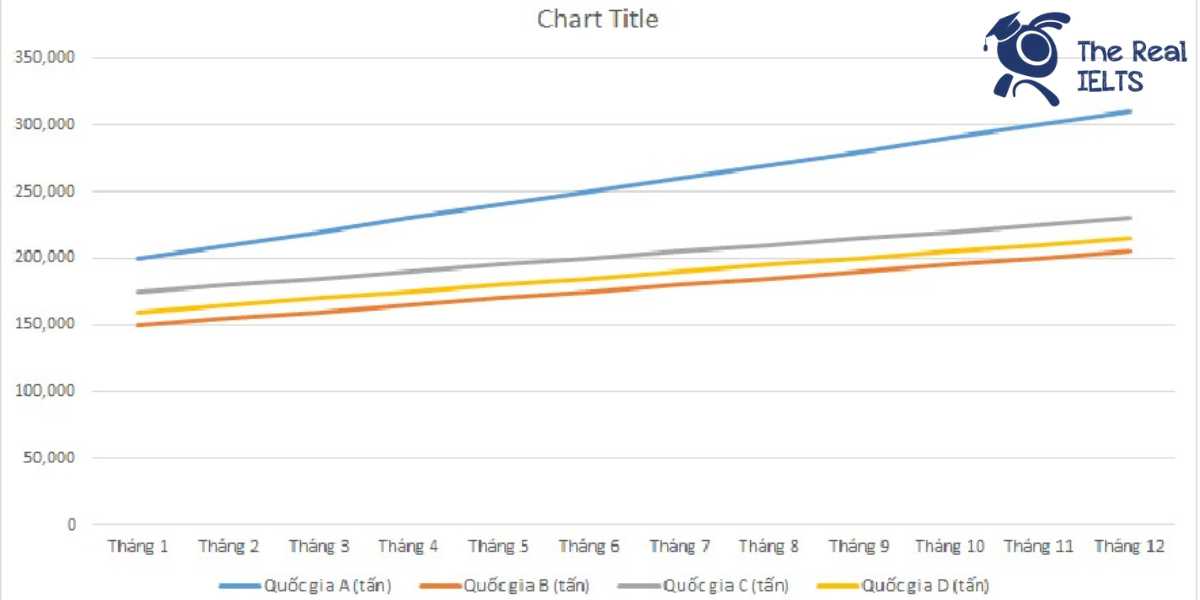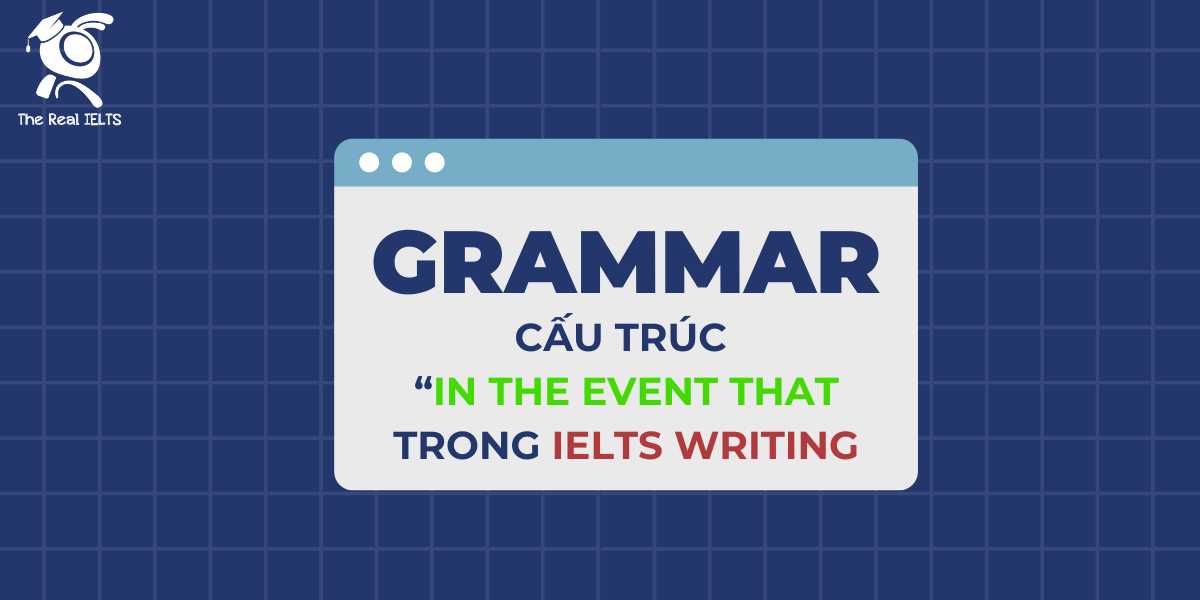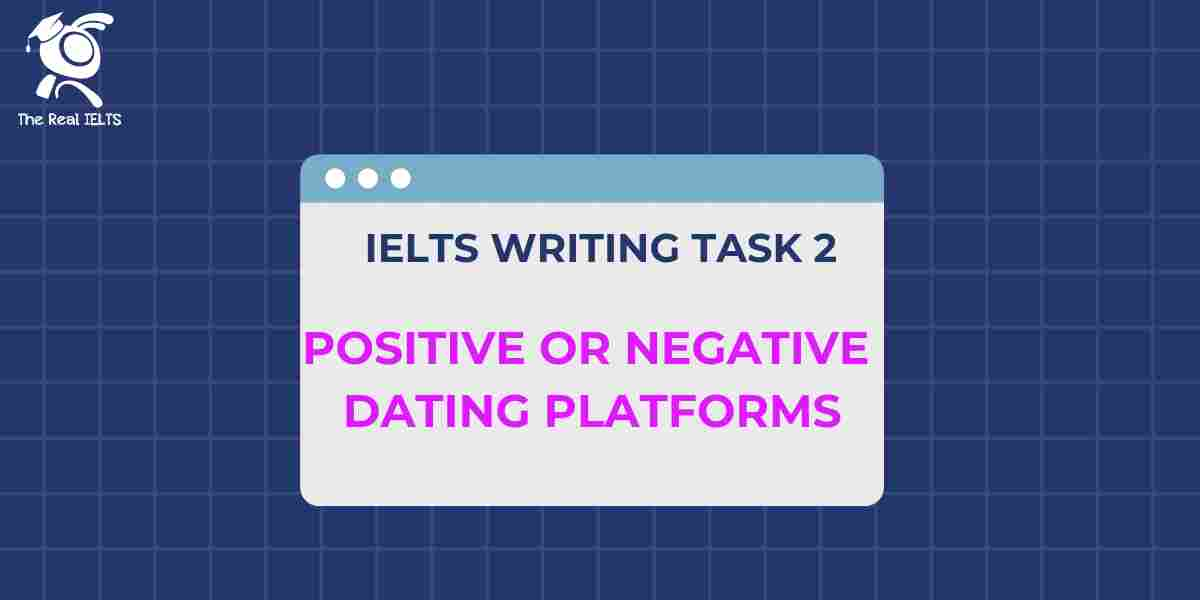Đề bài IELTS Writing task 2 dạng 2-Part tiny homes and micro-living
You should spend about 40 minutes on this task
The trend of tiny homes and micro-living is growing. What are the reasons for this? How can people research this?
Write at least 250 words.
Bài mẫu IELTS Writing Task 2 dạng 2-Part
The trend of tiny homes and micro-living has seen significant growth in recent years, driven by various economic, environmental, and social factors. While this movement offers distinct advantages, there are also challenges that must be considered. This essay will explore the reasons behind the popularity of tiny homes and micro-living, and how individuals can research this trend effectively.
One of the primary reasons for the rise in tiny homes is the escalating cost of living, particularly in urban areas. Many people find traditional homes financially unattainable due to high property prices and rising rent. Tiny homes offer a more affordable alternative, allowing individuals to own a property without incurring massive debt. Additionally, the minimalist lifestyle associated with tiny homes aligns with the growing awareness of environmental sustainability. Smaller living spaces require fewer resources to build and maintain, leading to reduced energy consumption and a lower carbon footprint.
Another reason for the popularity of micro-living is the changing social dynamics, particularly among younger generations. Millennials and Gen Z are increasingly prioritizing experiences over possessions, and the flexibility of tiny homes allows them to live in various locations without being tied down to a single property. The simplicity and mobility of tiny homes resonate with those who value freedom and a minimalist lifestyle.
To research the trend of tiny homes and micro-living, individuals can start by exploring various online resources, including blogs, documentaries, and social media platforms where tiny home enthusiasts share their experiences. Academic studies and market reports can provide data-driven insights into the economic and environmental impact of micro-living. Visiting tiny home exhibitions or staying in a tiny home through short-term rentals like Airbnb can also offer practical, hands-on understanding of the lifestyle.
In conclusion, the trend of tiny homes and micro-living is driven by economic challenges, environmental concerns, and shifting social values. While this lifestyle offers significant benefits, it is not without its drawbacks, such as limited space and potential zoning regulations. Therefore, while I agree with the positive aspects of this trend, I believe it is essential for individuals to thoroughly research and consider both the advantages and disadvantages before committing to such a lifestyle.
Thống kê cấu trúc câu và cấu trúc ngữ pháp
Cấu trúc câu và cấu trúc ngữ pháp được sử dụng:
- Cấu trúc câu phức:
- “The trend of tiny homes and micro-living has seen significant growth in recent years, driven by various economic, environmental, and social factors.”
- “While this movement offers distinct advantages, there are also challenges that must be considered.”
- “One of the primary reasons for the rise in tiny homes is the escalating cost of living, particularly in urban areas.”
- “Many people find traditional homes financially unattainable due to high property prices and rising rent.”
- “Additionally, the minimalist lifestyle associated with tiny homes aligns with the growing awareness of environmental sustainability.”
- Cấu trúc câu phức hợp:
- “To research the trend of tiny homes and micro-living, individuals can start by exploring various online resources, including blogs, documentaries, and social media platforms where tiny home enthusiasts share their experiences.”
- “Therefore, while I agree with the positive aspects of this trend, I believe it is essential for individuals to thoroughly research and consider both the advantages and disadvantages before committing to such a lifestyle.”
- Cấu trúc câu ghép:
- “The trend of tiny homes and micro-living is driven by economic challenges, environmental concerns, and shifting social values.”
- “Visiting tiny home exhibitions or staying in a tiny home through short-term rentals like Airbnb can also offer practical, hands-on understanding of the lifestyle.”
- Cấu trúc câu điều kiện:
- “While this lifestyle offers significant benefits, it is not without its drawbacks, such as limited space and potential zoning regulations.”
Các từ nối câu và đoạn văn:
- While – Dùng để nối câu chỉ sự tương phản (câu 2, câu 14).
- This essay will explore – Mở đầu đoạn giới thiệu ý chính (câu 3).
- One of the primary reasons – Dùng để mở đầu cho lý do chính (câu 4).
- Additionally – Dùng để bổ sung thông tin (câu 6).
- Another reason – Dùng để trình bày lý do khác (câu 8).
- Particularly – Dùng để nhấn mạnh (câu 4, câu 8).
- Therefore – Dùng để kết luận (câu 14).
- In conclusion – Dùng để tổng kết đoạn cuối cùng (câu 13).
- Such as – Dùng để đưa ví dụ minh họa (câu 14).
Các từ vựng tiếng Anh cần lưu ý trong bài viết
- Tiny homes – Nhà nhỏ
- Micro-living – Sống trong không gian nhỏ
- Trend – Xu hướng
- Growing – Đang phát triển
- Significant – Đáng kể
- Economic factors – Yếu tố kinh tế
- Environmental factors – Yếu tố môi trường
- Social factors – Yếu tố xã hội
- Popularity – Sự phổ biến
- Affordable alternative – Lựa chọn thay thế phải chăng
- Financially unattainable – Không thể đạt được về mặt tài chính
- Property prices – Giá bất động sản
- Rising rent – Tiền thuê nhà tăng cao
- Minimalist lifestyle – Lối sống tối giản
- Environmental sustainability – Sự bền vững môi trường
- Carbon footprint – Dấu chân carbon (lượng khí thải carbon)
- Social dynamics – Động thái xã hội
- Prioritizing experiences – Ưu tiên trải nghiệm
- Flexibility – Tính linh hoạt
- Mobility – Tính di động
- Minimalist lifestyle – Lối sống tối giản
- Academic studies – Nghiên cứu học thuật
- Market reports – Báo cáo thị trường
- Economic challenges – Thách thức kinh tế
- Environmental concerns – Mối quan tâm về môi trường
- Shifting social values – Giá trị xã hội đang thay đổi
- Zoning regulations – Quy định phân khu
- Advantages – Lợi ích
- Disadvantages – Bất lợi
- Thoroughly – Kỹ lưỡng
Đọc thêm về bài viết gợi ý luyện thi IELTS.















